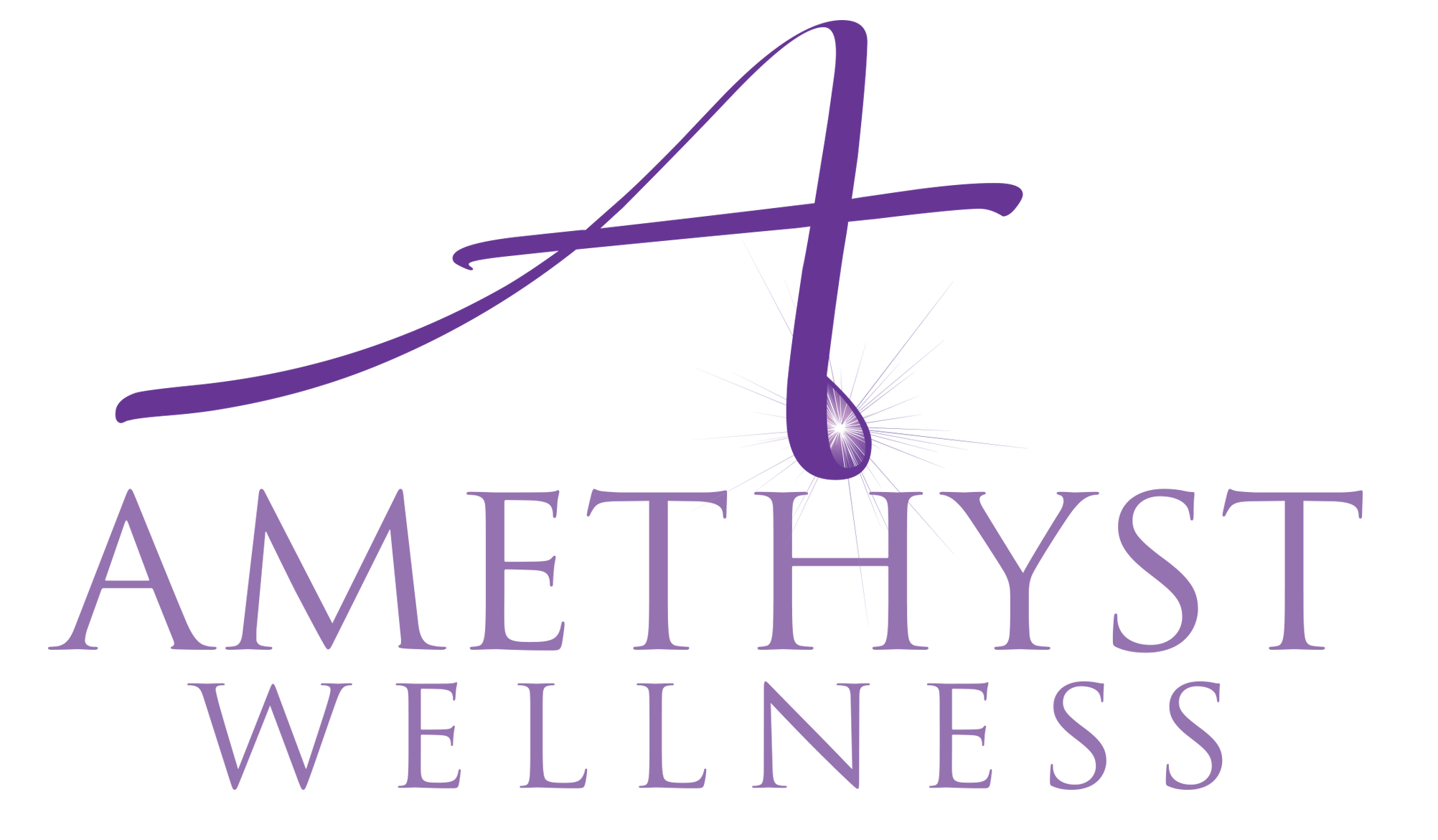
Aging doesn’t mean slowing down—it means becoming smarter about how we care for our bodies. In Episode 3 of Energize and Revitalize, Dr. Amy sits down with physical therapist Dr. Betsy Kreymer to explore how to stay strong, mobile, and pain-free through every decade.
Whether you’re in your 40s, 50s, or beyond, your muscle mass, bone density, and mobility are critical to maintaining independence and vitality. But with age come new challenges: a higher risk of osteoporosis, slower recovery times, and more frequent aches and pains. The good news? You can fight back.
Muscle: Your Metabolic Engine
After age 30, adults can lose up to 5% of muscle mass per decade. For women in midlife, this decline can be even more pronounced due to hormonal changes. But muscle isn’t just about strength or appearance—it’s your body’s metabolic engine. Maintaining lean muscle helps regulate blood sugar, supports joint stability, and boosts overall energy.
What you can do:
- Incorporate resistance training 2–3 times per week.
- Ensure adequate protein intake (aim for 25–30g per meal).
- Consider hormone support when appropriate (talk with your wellness provider).
Bones: Silent and Strong
Osteoporosis is often called the “silent disease” because bone loss happens without symptoms—until a fracture occurs. One in two women over 50 will break a bone due to osteoporosis. Strength training, impact exercises (like walking or stair climbing), and proper nutrition all play a role in preserving bone health.
Tips to protect your bones:
- Get enough calcium and vitamin D.
- Prioritize load-bearing exercise.
- Ask your provider about bone density testing.
Chronic Pain: Break the Cycle
Many mid-life adults live with chronic pain from old injuries, poor posture, or musculoskeletal imbalance. The key to overcoming chronic pain often lies in movement, not medication. Physical therapy, targeted stretching, and correcting movement patterns can help relieve pain and prevent it from becoming debilitating.
Strategies to reduce pain:
- Don’t ignore it—get evaluated by a movement expert.
- Start slow but stay consistent with physical activity.
- Improve your core strength and posture.
The Takeaway:
You don’t have to accept weakness, frailty, or daily pain as part of aging. With the right strategies, you can be strong at any age. Tune in to Energize and Revitalize Episode 3 for expert insights, actionable tips, and inspiring advice from Dr. Betsy Kreymer and Dr. Amy on how to stay resilient, active, and empowered for life.
